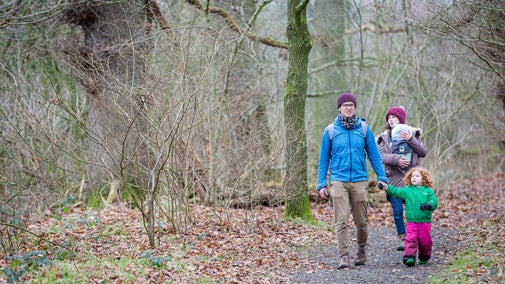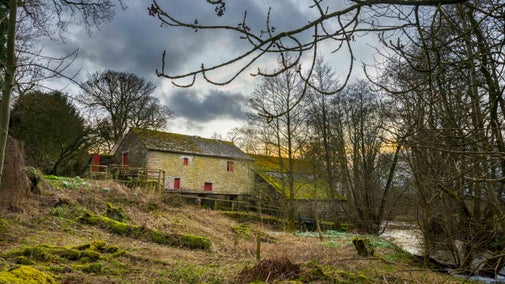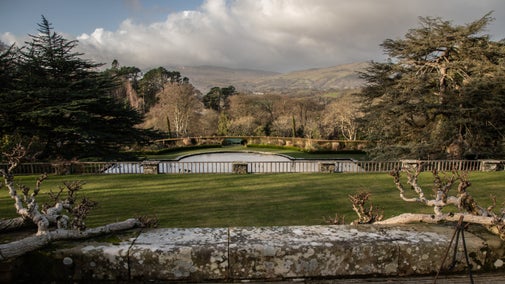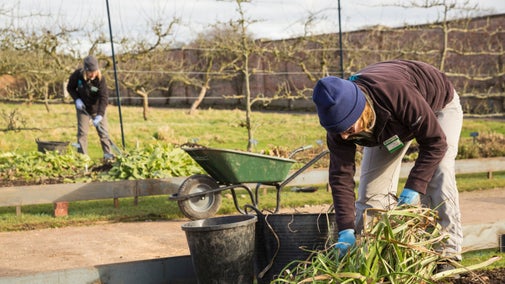
Discover more at Acorn Bank
Find out when Acorn Bank is open, how to get here, the things to see and do and more.


Find out when Acorn Bank is open, how to get here, the things to see and do and more.
Discover what family-friendly activities are on offer at Acorn Bank in Cumbria, from geocaching around the parkland to newt spotting in the Sunken Garden. Try a self-guided nature trail and use rubbing plaques to discover the flora and fauna of Acorn Bank's walled garden and woodland.

Explore the 180 acres of woodland and parkland at Acorn Bank to visit the historic watermill, get closer to nature, or go on a geocaching adventure.

Discover how Acorn Bank's purpose has changed throughout the centuries, since it was first owned by the Knights Templar in the 13th century.

From 18th-century water gardens and Arts and Crafts landscapes to intimate woodland gardens, there are so many places to discover.

Discover our gardeners’ top tips so you can make the most of your garden, plot or window box.

The Lakes is known for its dramatic, wild landscapes, but it's home to some intriguing gardens too. Explore castle grounds, a cottage garden that inspired Beatrix Potter, and more.
